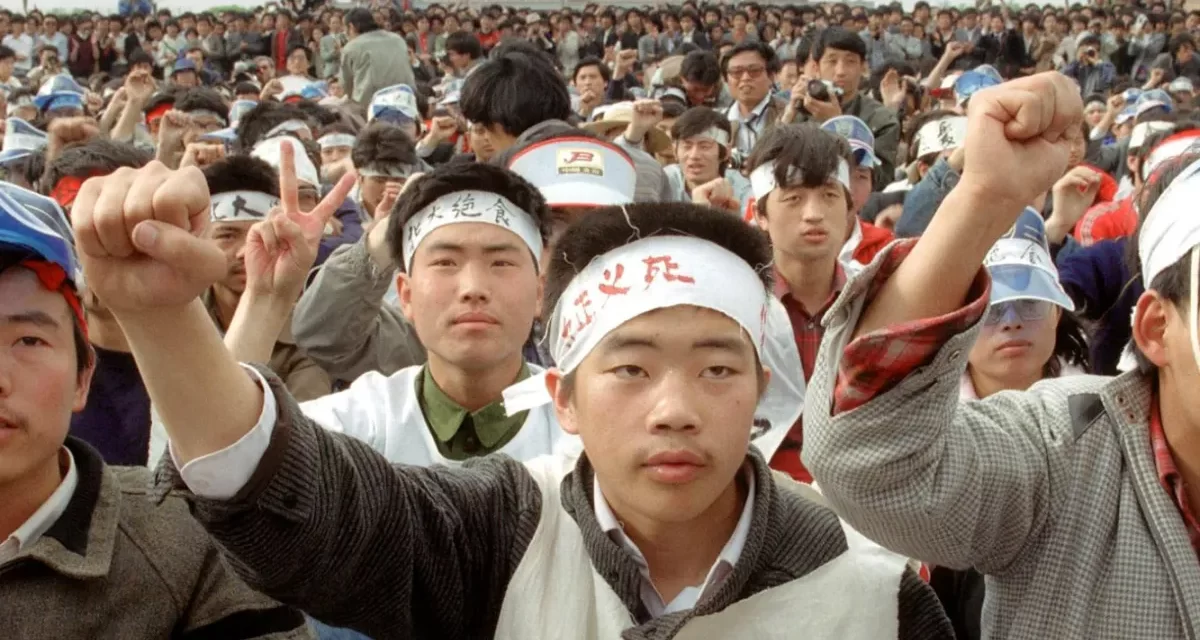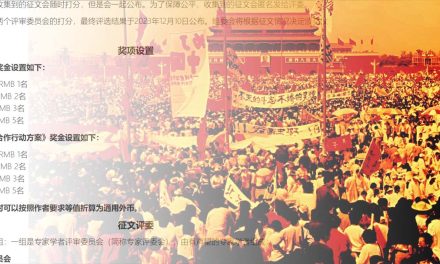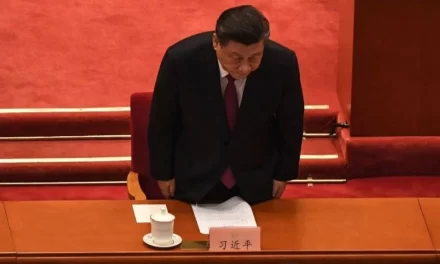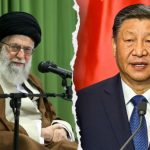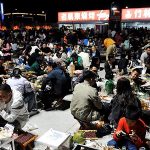By Dr. Jianli Yang
Today, June 4, marks the 36th anniversary of the Tiananmen Square massacre—a moment of both tragedy and hope. It was the bloody end to a nationwide democracy movement that brought together workers and students, the most promising push for political reform in the history of the People’s Republic of China. But despite the courage of many individual Chinese who fought for democracy and the solidarity of their international supporters, there has not been a comparable movement since—and it’s hard to imagine one arising anytime soon.
While the 2022 white paper protests—named after the blank sheets of white paper that demonstrators held up—against COVID-19 lockdowns demonstrated the Chinese public’s capacity for dissent and momentarily challenged the authoritarian state’s policies to a certain degree of success, they lacked the ideological depth, organizational structure, and systemic ambition of the 1989 pro-democracy movement. They were a reaction rather than a revolution, more about ending specific suffering than about redefining China’s political future. There has yet to be any revival of the spirit of 1989.
There is no single answer to why China lacks a grassroots democracy movement of the same scale today. Several interlocking factors—domestic, international, technological, and sociological—have suppressed the conditions necessary for such a movement to reemerge.
One of the most effective strategies of the Chinese Communist Party (CCP) has been its informal “bread-for-freedom” policy. Following the brutal crackdown of 1989, the CCP understood that outright repression alone could not maintain legitimacy. Economic growth was essential.
This article first appeared in Foreign Policy on June 4, 2025

